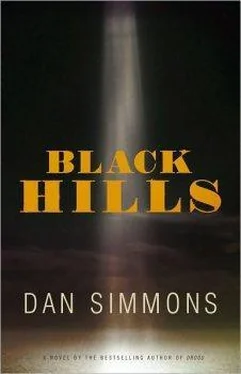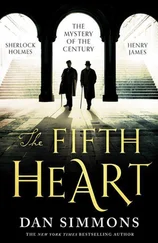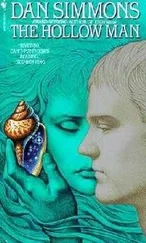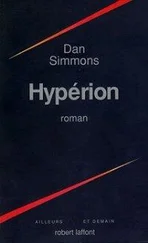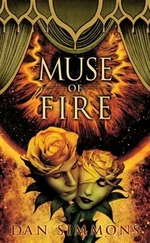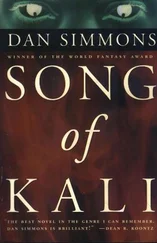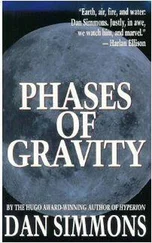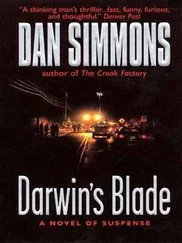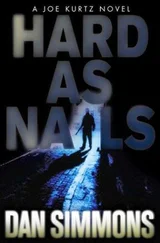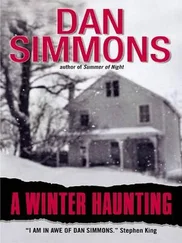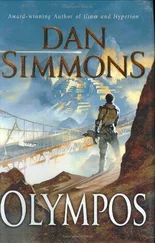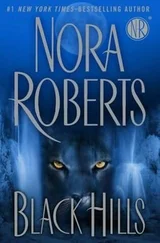As he struggles to his feet, Paha Sapa sees that he has startled the nearest woman—a Hunkpapa woman he knows named Eagle Robe, the same woman who earlier this day he saw shoot the black- Wasicun scout named Teat whom Sitting Bull called friend—and in her fright, Eagle Robe lifts up the same heavy wasichu cavalry pistol with which she killed the black scout, raises it in both hands, aims it at Paha Sapa’s chest from only ten feet away, and pulls the trigger. The hammer clicks on either an empty chamber or a cartridge that misfires.
Paha Sapa staggers a few steps in her direction, but Eagle Robe and three other women scream and run away, quickly disappearing in the shifting clouds of dust and gunsmoke that continue to roll across the hillside. Paha Sapa looks down and realizes that he is covered almost head to foot with blood—his dead mare’s blood, the ghost- Wasicun’s blood, and more blood from the other corpses, horse and man, that he has rolled across and lain upon.
Paha Sapa knows what he must do. He has to return to the corpse of the Wasicun on whom he counted coup and somehow convince the ghost to go back into the man’s body. Gasping, still unable to wave or call to the half-seen warriors thundering by on their ponies in the dust, Paha Sapa stumbles uphill toward the dead man lying among dead men.
The battle is moving to the south again, and as the dust and gunsmoke begin to drift away on the very slightest of evening breezes coming over the ridgetop above—the high grasses dance and rustle to the wind’s touch—Paha Sapa estimates that there are somewhere around forty dead wasichu horses lying in a rough circle ahead of him. Most appear to have been shot by the bluecoat soldiers themselves. There are about as many wasichu corpses as there are horse carcasses, but the human corpses have been stripped by the Lakota women and now stand out on the hillside like white river boulders against the tan dirt and blood-soiled green grass and darker shades of torn horseflesh.
Paha Sapa steps over a man whose scalped head has been smashed almost flat. Curds of gray have been spattered onto the tall grass that stirs in the evening breeze. Warriors or, more likely, women have cut out the man’s eyes and tongue and slit his throat. His lower belly has been hacked open, and entrails have been tugged out like a buffalo’s after a hunt—slick strands of gray gut wind and coil like glistening dead rattlesnakes in the bloody grass—and Paha Sapa notices that the women have also cut off the man’s ce and balls. Someone has shot arrows into this Wasicun’s opened body, and kidneys, lung, and liver have all been pierced multiple times. The dead man’s heart is missing.
Paha Sapa continues stumbling uphill. The white corpses are everywhere, all sprawled where they fell and many hacked into pieces, most mutilated and lying atop great splashes of blood or atop their own dead horses, but he cannot find the Wasicun whose ghost now breathes and whispers deep in his own guts. He realizes that since he has been only semiconscious at best, it’s possible that more time may have elapsed than he is aware of since he counted coup on the man. Someone, perhaps surviving wasichus , may have hauled the corpse from the battlefield—especially if the man was an officer—in which case Paha Sapa may never be able to get rid of this ghost.
Just when he is sure that the dead man is no longer lying among the scores of other corpses here on this bloody field, he sees the Wasicun’s tall, balding forehead protruding from a pile of white bodies. The stripped corpse is half-sitting against two other naked wasichus. Some woman or warrior has slashed his right thigh open in the customary mark against the Lakota’s dead enemies, but the man has not been scalped. Paha Sapa stares dumbly at the receding hairline and short-cropped light hair and realizes that the scalp was simply not worth the effort of the taking.
But what short stubble of hair there is looks very light, although as much reddish as yellow. Could this possibly be Long Hair? Could it be the ghost of Long Hair that Paha Sapa now carries like some terrible fetus? It seems unlikely. Certainly some Lakota or Cheyenne warriors would have recognized their old enemy Long Hair and treated his corpse with either more outrage or more honor than this all-but-ignored body has received.
Someone, probably a woman, has jammed an arrow far up the corpse’s flaccid-in-death, forever plump, pale ce .
Paha Sapa goes to his knees, feeling expended cartridge shells ripping the skin of his knees, and leans forward, pressing both his palms against the Wasicun’s pale chest, setting his hands near a large, ragged wound where the first rifle bullet struck the man’s left breast. The second and more lethal bullet wound—high on the man’s pale left temple—shows as a simple round hole. The corpse’s eyelids are lowered, eyes almost closed as if in sleep, only the narrowest crescents of white visible under surprisingly full lashes, and this Wasicun’s countenance, unlike so many of the others, looks composed, almost peaceful.
Paha Sapa closes his own eyes as he gasps the words that he hopes are ritual enough.
— Ghost, be gone! Ghost, leave my body!
As Paha Sapa repeats this gasping incantation, he presses down firmly on the naked corpse’s chest, hoping and praying to the Six Grandfathers that the pressure will invite the ghost to flow back down his arm and hand and fingers and into the cold white form.
The wasichu corpse’s mouth opens and the dead man emits a long, satisfied belch.
Paha Sapa jerks his hands back in horror—the ghost seems to be laughing at him from its safe nest inside Paha Sapa’s brain—until he realizes that he’s only pressed some last bubbles of air up and out of the dead Wasicun’s bowels or belly or lungs.
His body shaking, Paha Sapa presses his hands against the cold flesh again, but it is no use. The ghost is not leaving. It has found a home in Paha Sapa’s warm, living, breathing body and has no wish to return to the empty vessel lying there among the equally empty vessels of its murdered friends.
Sobbing now like an infant, ten-summers-old Paha Sapa, a sniveling boy again who thought himself a man just an hour earlier, crawls away from the heap of corpses and falls to the ground and curls up like an unborn thing, all but sucking his thumb as he lies there weeping between the stiffened legs of a dead cavalry horse. The sun is a red orb in the dusty sky as it lowers toward the uplands to the west, its crimson hue turning the sky into a reflection of the bloody earth beneath it.
The ghost continues to whisper and gibber inside his brain as Paha Sapa slides sideways into an exhausted state that is not quite sleep. It is still gibbering and whispering when Limps-a-Lot finds him sometime after sunset and carries him, still unconscious, back to the mourning and celebrating Lakota village in the valley below.
Chapter 2 On the Six Grandfathers

February 1934
IT’S TIME FOR THOMAS JEFFERSON’S HEAD TO EXPLODE.
Visible in the rough sketch of stone is the parted hair, so much lower on the forehead than the hair above Washington’s forehead immediately to the left and higher than the emerging Jefferson. And rising out of the white-and-tan granite below the hair and forehead is the long rectangle of a blocked-out nose, terminating just about even with the sharp line of Washington’s chin. Also emerging are the overhang of brows and the indentations of the eyes, the right eye more finished (if one can call a circular hole within an oval hole finished). But the two heads—one almost completed, the other just emerging—appear too close to each other for even the non-artist’s eye.
Читать дальше
